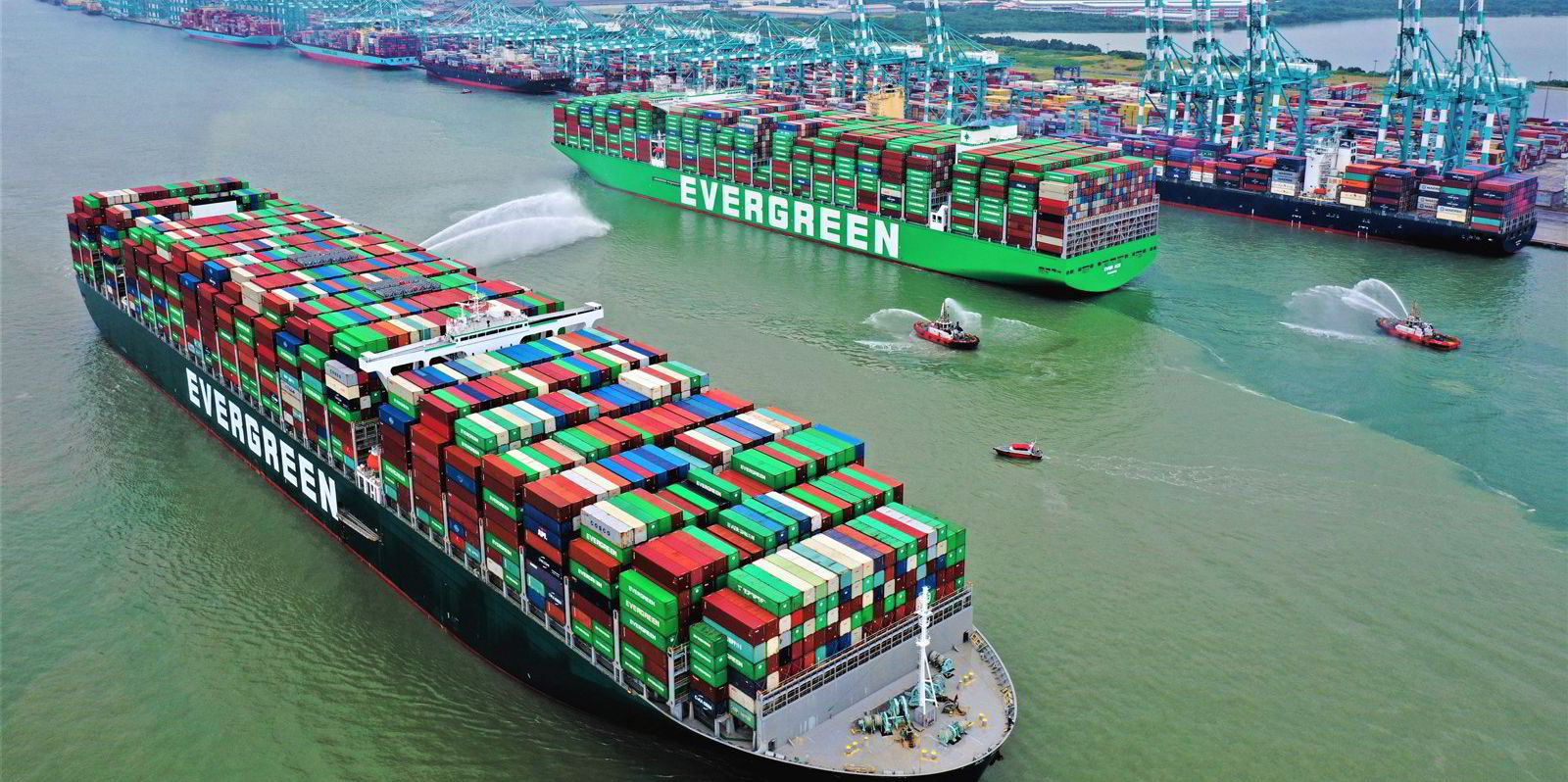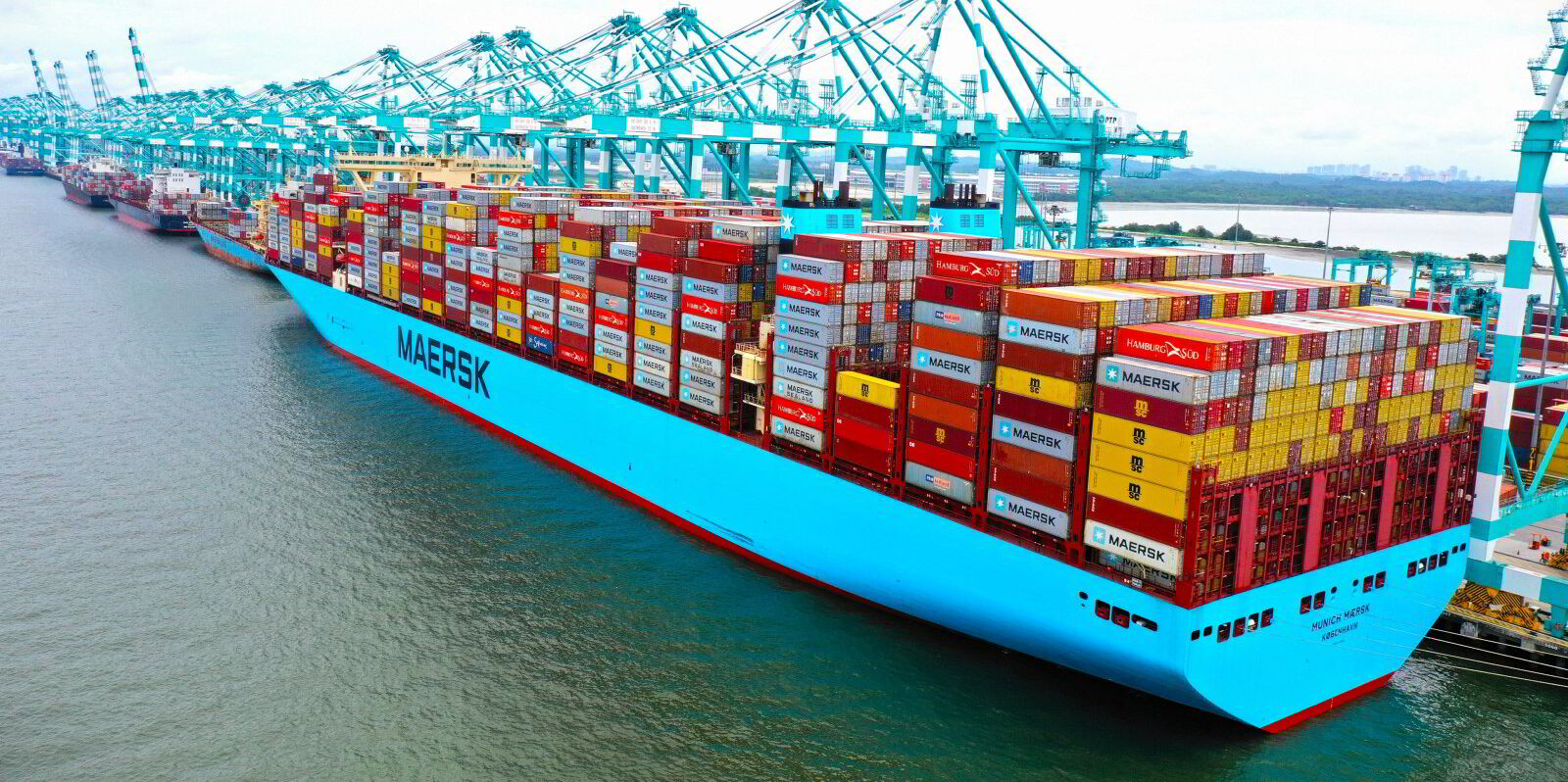Less than one in 10 container ships arriving in Singapore is on schedule because of the Red Sea crisis.
“About 90% of container vessels are arriving off-schedule, compared to an average of about 77% for 2023,” transport minister Chee Hong Tat said in a written reply to parliamentary questions.
“The Red Sea crisis has led to vessels being diverted to the longer route around the Cape of Good Hope for sailings between Europe and Asia. As a result, ports around the world are experiencing more off-schedule arrivals.
“Many vessels are also arriving within a short window, compounding the issue by causing a ‘vessel bunching’ effect.”
Chee said that as a result, the demands and complexity of container handling at Singapore’s terminals have increased.
“To allow vessels to return to Europe more quickly, container shipping lines are relying on Singapore as a transshipment port to unload cargoes bound for Asian ports beyond Singapore before turning around,” he added.
“Container lines are also using Singapore to rearrange their containers on the vessels, to maximise the number of containers carried and facilitate operations at downstream ports.
“These have lengthened the time container vessels stay in our port for cargo operations, which in turn increased the waiting time for incoming vessels, leading to congestion at our container berths.”
To address the congestion, Chee said the Ministry of Transport, the Maritime & Port Authority of Singapore and PSA were “working closely together with our tripartite partners to address the congestion”.
“We have reactivated some of the berths and yard space at Keppel and Tanjong Pagar terminals. Since the start of the year, PSA has ramped up its handling capacity across its terminals and will continue to scale up in the months ahead to meet anticipated demand,” he said.
The minister said three new berths would be brought on line at Tuas this year. The first began operations this week and the other two will start in October and December.
“If the increase in demand is sustained, PSA will also expedite and bring forward the development of additional capacity,” he added.
In addition, Pasir Panjang Terminal will remain in operation until at least 2040, to support the transition to the 65m-teu capacity Tuas Port when it is fully completed in the 2040s.
“This will ensure that our port container handling capacity does not decrease and will instead continue to grow when Tuas Port progressively develops,” Chee said.
Container throughput at Singapore’s terminals between January and May this year increased by 7.7% to 16.9m teu, up from 15.7m teu in the same period in 2023.
“While our efforts have improved average waiting times this month, it is unlikely that the Red Sea crisis will ease any time soon,” said Chee.
“The situation could also be compounded by an increase in container volumes as companies bring forward export schedules out of Asia, and in preparation for major holidays in the second half of the year.”





